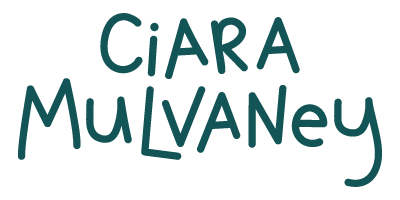How to Be Green on a Budget
A couple months ago, I was mindlessly scrolling through Facebook and stumbled onto an interesting video. In this video, a woman was challenged to live 30 days with zero waste. The point of the video? To demonstrate how hard it is for an individual to go an entire month without creating trash. So I started wondering how hard is it to be green on a budget?
Did you know that the average American creates 4.3 pounds of trash per day? That amounts to almost 1,600 pounds per year! So of course, this got me thinking of my daily waste production and let me tell you, it wasn’t pretty.
So I thought, what can I do to help reduce my carbon footprint? And how could I do so on a budget?
SWITCH OUT YOUR TOOTH BRUSH.
You know those plastic tooth brushes given to you by your trusty dentist? Yeah, those are terrible for the environment. Most common toothbrushes are made entirely from NON-biodegradable materials. This means that your tooth brush will be on this planet longer than you or your teeth.
So what can you do? I recently switched over to a biodegradable bamboo tooth brush and haven’t looked back.
Photo from The Charcoal Toothbrush
SHOP AT BULK STORES.
Containers and food packaging alone contributes to over 23% of the material reaching US landfills. By shopping at places like Bulk Nation you have the ability to buy dry goods without the wasteful packing, severely cutting down on your own personal trash. Some places even give you a discount when you supply your own containers. I got these handy ones that do the trick in my kitchen.
Photo from Bulk Nation
BUY FROM YOUR LOCAL FARMER.
You would be surprised the amount of waste you create when shopping at the big box stores. With multiple locations, these superstores ship their products far and wide creating the need to package their goods in protective containers.
By shopping locally, you cut unconsciously cut down on gas emissions and the need for protective packaging. A big shoutout to my favorite local farm, New Growth who is leading the way in urban farming in the City Beautiful with their eco-friendly, field to market grown greens.
Photo from New Growth Urban Farm
BAR SOAP IS THE WAY TO GO.
A simple switch is to try swapping your liquid soap for bar soap. The plastic bottles that most liquid soap is stored in is NON-biodegradable and only half of Americans recycle them. By using bar soap, you eliminate the amount of plastic in your home.
Photo from Oregon Soap Company
DITCH THE PAPER TOWELS.
Trashed paper towels add up to 3,000 tons of waste in the US every single day. Why misuse a resource that gives us clean air, regulates our climate, protects our soil, and produces oxygen for us to live?
So in my home, I have replaced paper towels with reusable micro fiber cloths. I find that they clean better and reduce my household waste substantially.
Photo from Amazon
STOP USING STRAWS!
So this is the one I am really struggling with. Drinking with a straw is a bad habit that I am desperately trying to quit. Many eco-bloggers suggest switching from plastic to metal straws. But let’s be honest, do you really need a straw? Whenever you go out, you are automatically given a straw for your water, your coffee, or your cocktail. So how do you prevent this from happening? Just do your best to be conscious and aware. No one is perfect and eventually you will remember to refuse straws.
Photo from 1 Million Women
START COMPOSTING.
More food reaches landfills than any other single component of municipal solid waste. So how do we cut down on what gets to the landfill? Composting! Making compost helps keep the landfills smaller and reduces the release of methane, a potent greenhouse gas. Additionally, it helps keep our house plants healthy and well fed.
Interested in getting started? The City of Orlando offers free home composters to all residents. Click here for more information on how you can get started!
Photo from City of Orlando
Overall, none of my ideas are innovative or genius but my hope for this blog post is to help people understand that going green can be relatively inexpensive. We all know the dangers our planet is facing and when we become more aware of our impact it helps us reduce our carbon footprint one step at a time.







